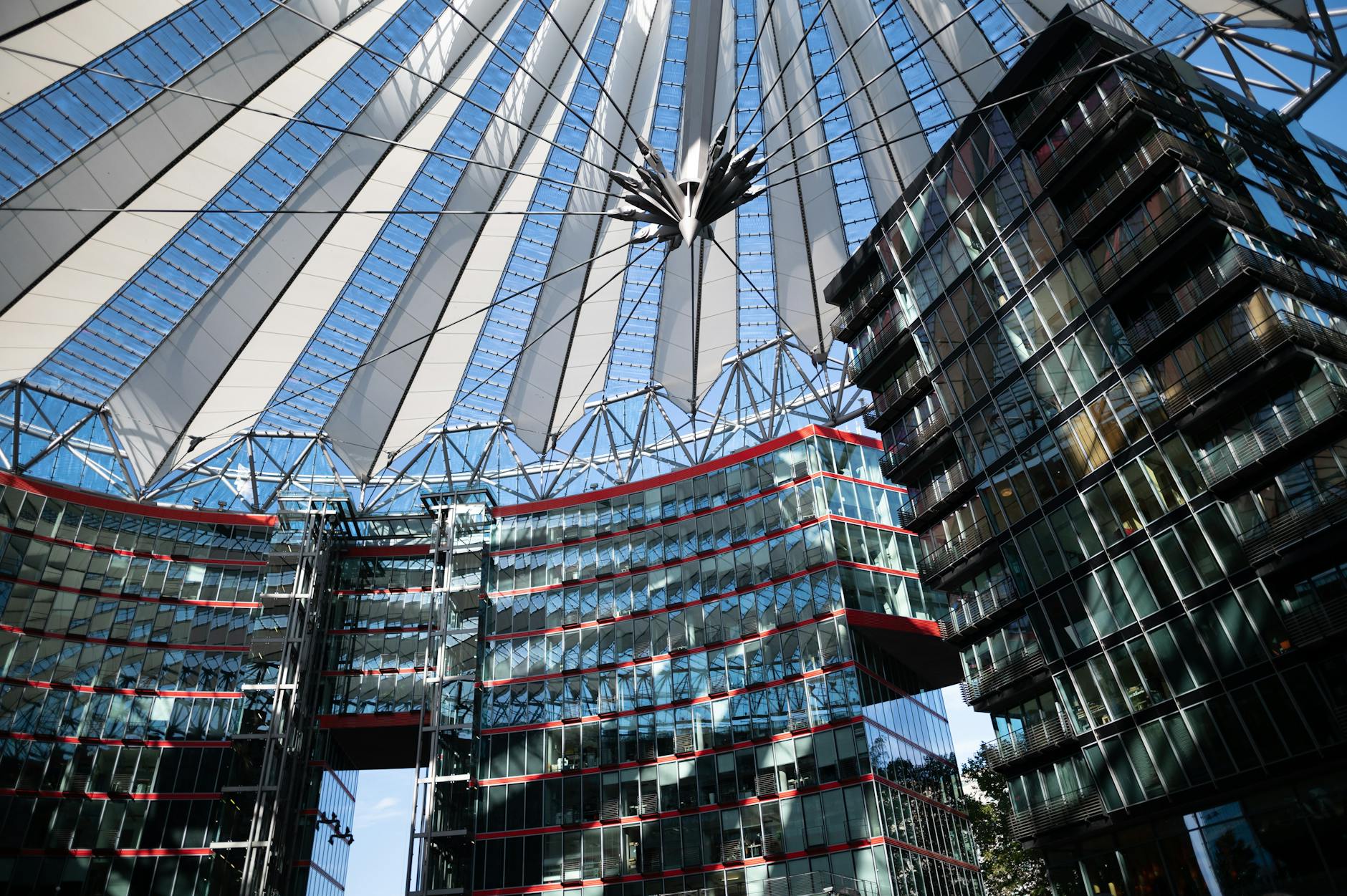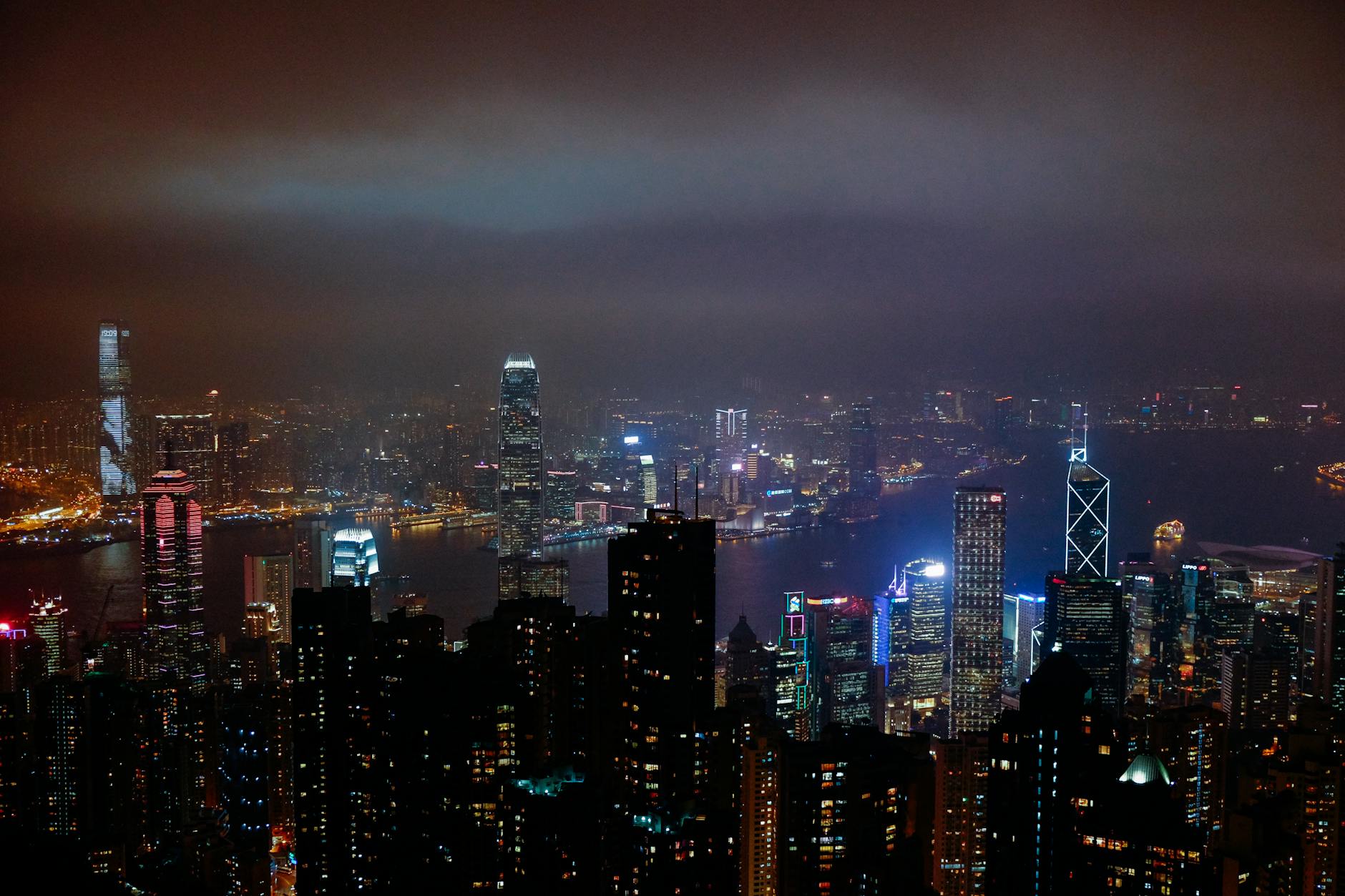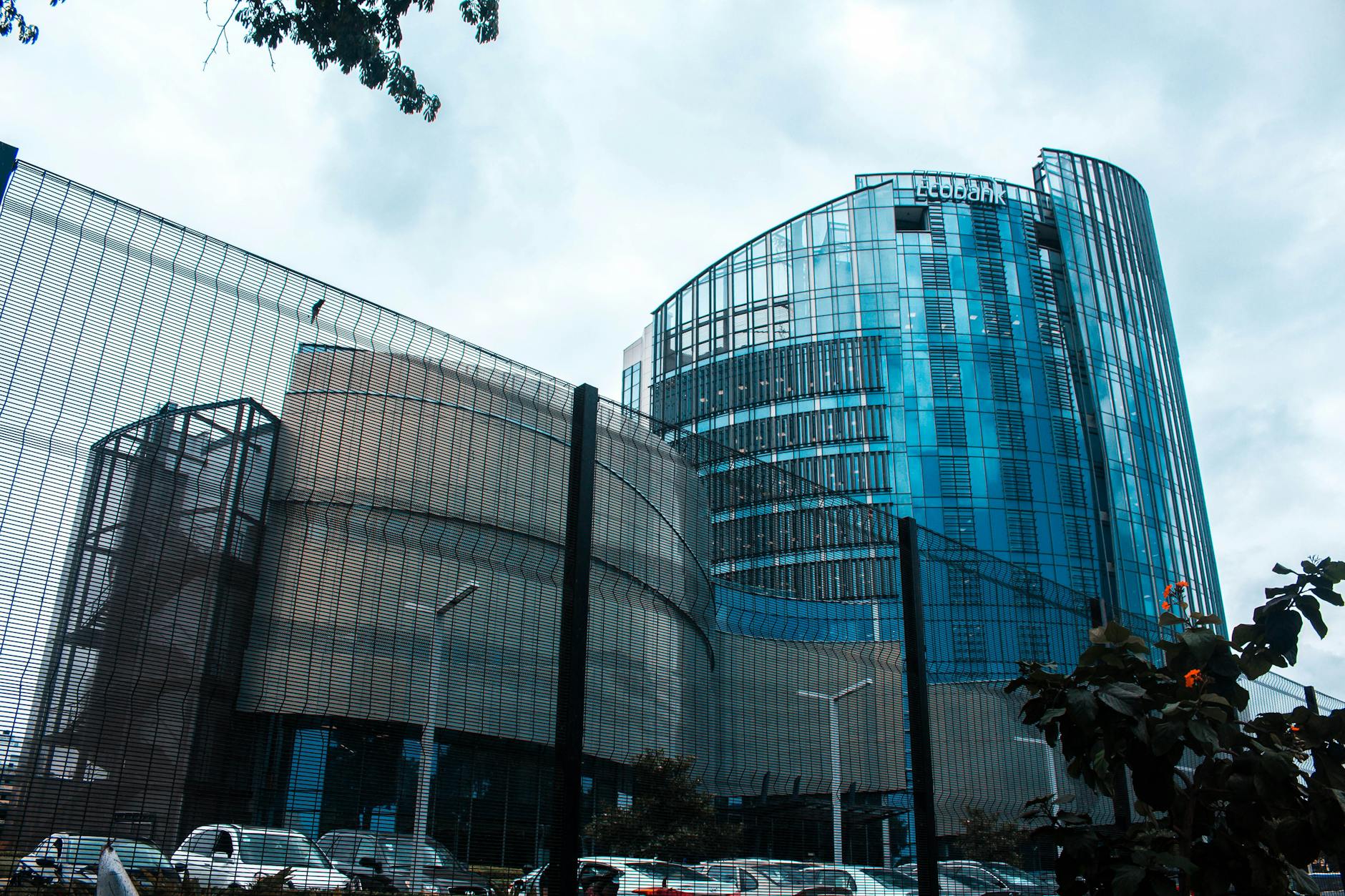How Understanding Australia's Financial Environment Can Enhance Your Design Projects

Exploring Australia's Financial Landscape
Australia's financial landscape reminds me of a vibrant canvas painted with rich and varied hues, much like the bustling atmosphere of Circular Quay on a busy day. As a visual storyteller, navigating this landscape involves a keen understanding of both the broad strokes and intricate details. One major component to explore is fixed income, which forms the bedrock of many financial portfolios, much like a solid foundation for a complex design. This secure revenue stream can provide stability, allowing you to plan your next creative endeavours with assurance.
On the other hand, investment funds act as a collective palette of opportunities, offering young professionals like you the chance to dabble in diverse financial ventures. By pooling resources, investment funds create a dynamic interplay of risk and reward, much like mixing colours to create various shades and tints. For those of us who appreciate the artistry of strategic planning, they offer a way to express your financial creativity and innovation.
In the grand scene of Australia's economy, these tools provide the versatility needed to adapt to trends and situations, mirroring how an artist evolves with the contemporary art exhibits at the Museum of Contemporary Art. They're about taking calculated risks and reaping the benefits, allowing you to weave financial concepts seamlessly into storytelling strategies for a robust financial narrative.
Linking Finance and Design Projects
Design Decisions Through a Financial Lens
As a visual storyteller standing amid the creative energy of Circular Quay, I find that linking finance with design unveils a fascinating landscape. The intersection of these fields is like meshing the intricate SMSF investment options with the tactile creativity of design projects. Young professionals exploring this nexus will appreciate how financial insights can guide their decision-making, enhancing both aesthetics and resource management. When we're sat in the heart of Sydney, contemplating a skyline that marries sleek design with robust financial planning, it's evident. The crux of successful design isn't solely artistic brilliance but also smart financial footing. Budgetary constraints nudge designers to think creatively, factoring in resources without compromising their vision.
Positive Financial Impacts on Creativity
Art and numbers can coalesce to fuel innovation. Picture strolling through the contemporary art exhibits at the Museum of Contemporary Art, where financial constraints often drive remarkable innovation. Allocating funds like a cash investment fund allows design projects room to breathe, prioritising quality without sacrificing ambition. Financial insight can unlock strategies to weave enhancements into projects, leveraging each dollar in the pursuit of design goals.
Aligning Design Goals with Economic Realities
Financial insights streamline the way designers adapt to economic shifts, aligning their goals with fiscal realities. In doing so, professionals prepare themselves to handle unpredictable market conditions while fueling creativity with pragmatic strategies. True to Sydney's spirit, this alignment resonates with its vibrant creativity grounded in dynamic economics. Knowing when to adapt and when to push boundaries defines the potential for achieving design excellence in tandem with financial stability.
Financial Tools for Design Professionals
Understanding the available financial tools is crucial for design professionals looking to elevate their work beyond the ordinary. Among the resources, many of us in the design industry might not initially consider is an income fund. Essentially, this type of investment tool can generate regular returns and supplement a variable income, which is common in the creative sector. This is particularly beneficial when your projects fluctuate in budget and scope.
Moreover, developing a robust budgeting strategy enables better resource allocation. Start by categorising expenses into essential, desirable, and luxury to gain transparency over where your money goes. Use digital tools and apps to track spending, allowing more precise financial planning and allocation.
Funding options, too, play a pivotal role. Grants, crowdfunding, and venture capital can open avenues for larger, more ambitious projects. It's worthwhile to research these routes meticulously, considering how they align with your creative objectives. Remember, the bustling atmosphere of Circular Quay offers endless inspiration for designers seeking innovative ways to integrate finance into their creative ventures.
Lastly, incorporating risk management strategies is necessary for sustainable financial health. Identifying potential financial pitfalls and devising contingency plans ensures that you can tackle unforeseen challenges without impacting your design projects. With these financial tools, you can navigate this landscape with confidence, achieving the perfect balance between creativity and precision.
Case Studies: Success in Design Using Financial Insights
Design Projects Thriving in Economic Cycles
In the bustling world of design, where visual storytelling meets financial acumen, projects that thrive through economic cycles often owe their success to strategic insights. Take, for instance, the use of managed investments as a pivotal financial tool. These investments provide a buffer against economic downturns, allowing designers to channel funds into groundbreaking projects without worrying about immediate cash flow constraints.
One noteworthy approach involves diversifying portfolios to include a mix of various asset classes. This diversification ensures that when one sector is underperforming, gains in another may offset losses, keeping funding for design projects stable. Another key tactic is cost-effective resource allocation. By wisely investing in high-impact, low-cost resources, designers can maintain quality while navigating economic fluctuations.
Engagement with innovative financial solutions empowers designers to keep their projects afloat and thriving even during challenging economic cycles. Implementing budgeting tools and maintaining a flexible approach to project funding can significantly mitigate risks associated with economic downturns. By aligning design ambitions with financial realities, professionals can transform fiscal challenges into opportunities for innovation.
Each project becomes not just a showcase of creativity but also a testament to smart financial planning. With such strategies, designers can ride through the spectrum of economic conditions, ensuring their vision comes to life.
Challenges in Merging Finance and Design
Balancing Creativity with Profitability
In my journey through the bustling atmosphere of Circular Quay, crafting designs that capture the essence of financing automobile is important while maintaining an artistic flair can be daunting. Like orchestrating a performance at the Sydney Opera House, designers must hit the right notes between creativity and financial viability. Consider designing the next contemporary art exhibit at the Museum of Contemporary Art—your vision must resonate without eclipsing the project's budget.
A particularly effective storytelling strategy I've adopted is envisioning each project element as part of a cohesive visual narrative. Break down design aspects to assess their financial contribution, making sure each piece serves both aesthetic and monetary purposes. This approach doesn't just preserve profitability; it elevates the work.
Navigating Economic Uncertainties
Engagement with design means navigating through shifting economic tides, much like the ferries weaving through the harbor. Economic fluctuations demand astute anticipation of trends. It's critical to maintain a flexible outlook, as the creative sectors can be vulnerable to economic downturns.
To tackle uncertainties, establish a financial cushion akin to a safety net under an aerial acrobat. Whether it's setting aside funds or diversifying project scopes, these strategies ensure the resilience of your creative endeavors, so they're ready to sway without toppling.
Overcoming Financial Misalignment in Design Projects
Walking the line between financial objectives and creative ambitions can often lead to misalignment. The key lies in leveraging tools that merge these elements into a unified masterpiece. It's like constructing a bridge; each financial segment must fit perfectly to support the artistic structure above it.
Regularly revisiting financial plans ensures they stay aligned with evolving design goals. By doing so, you imbue your projects with stability and room for creative exploration, encouraging innovation within the constraints of fiscal reality.


